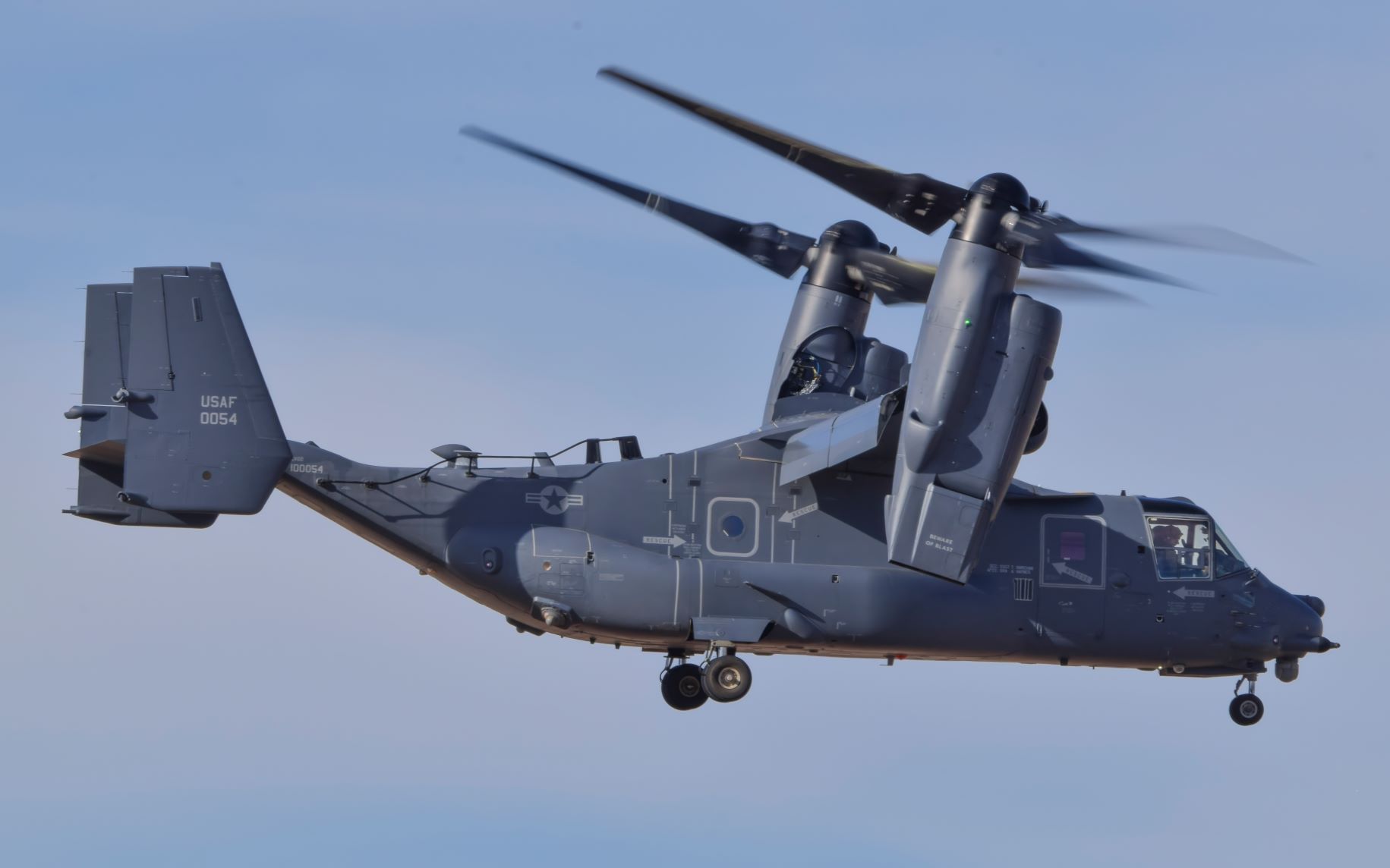Bell announced on Wednesday that it has completed its first Nacelle Improvements Modification on a CV-22 Osprey tiltrotor for the U.S. Air Force. Part of an ongoing Bell-Boeing upgrade program, the modifications include improvements to wiring components within the nacelles and a change to the nacelle structure designed to reduce maintenance time and costs while “enhancing flying readiness rates.” The work was completed at Bell’s Amarillo Assembly Center (AAC) in Amarillo, Texas, and modifications on a second CV-22 are underway.
“Speed, range, and versatility have always been fundamental to the Osprey, and that includes speed of maintenance,” said Kurt Fuller, Bell vice president and V-22 program director. “The incorporated nacelle improvements help ensure the Osprey continues to outpace adversaries both operationally and sustainably.”
As previously reported by AVweb, the Osprey fleet passed the 600,000-flight-hour milestone in March 2021. More than 400 Ospreys are currently in service with variants operated by the U.S. Marine Corps, U.S. Air Force, U.S. Navy and the Japan Ground Self-Defense Force. According to Bell, the Marine Corps and Navy have also expressed interest in nacelle improvements for their MV-22 and CMV-22B variants.




































Slow news day?
Maybe, but a good excuse to publish a cool pic.
Speed of maintenance is good.
Few companies do enough design for Maintenance, they only think Design for Manufacturer. Early 90s Chrysler minivans an example – engine is installed from the bottom, field maintenance requires working from the top with little space and stupid wrist scratching things.
I’d like to require designers to spend two weeks every year in a remote cabin trying to do things they have never seen before, only feeding them if they figure the things out. :-o)
I agree, engineers should be required to work on the finished product. I had one of those ’90s chrysler van. Changing the alternator involved lowering the engine, then pulling alternator up from the bottom. Sheesh.
Wow, these things have been flying for quite a while, and there are 400 of them (very cool to see in the air!) but only 600K flight hours?